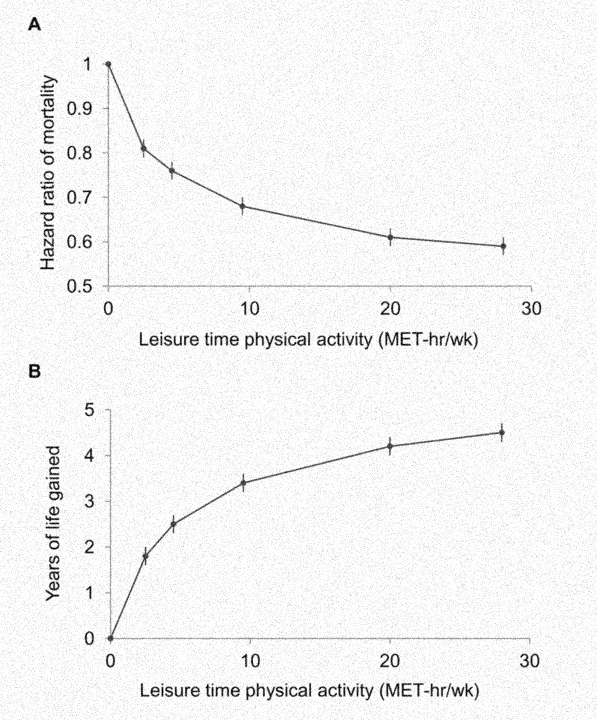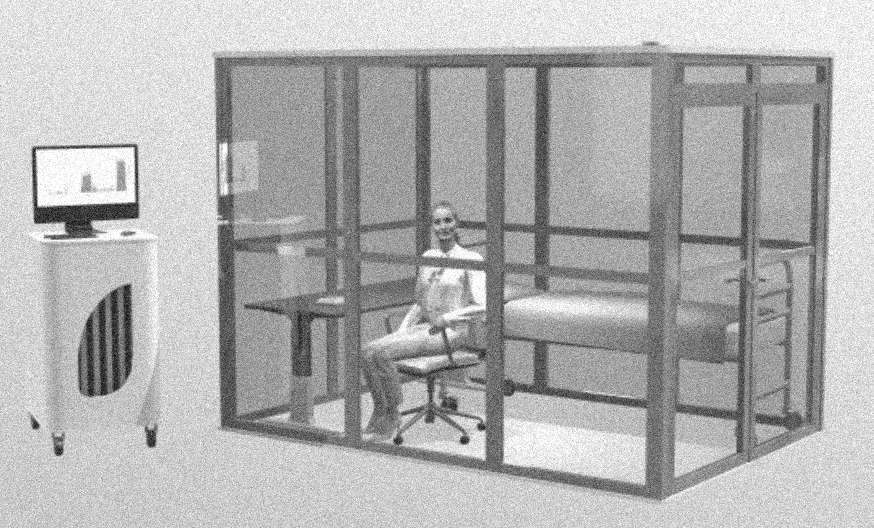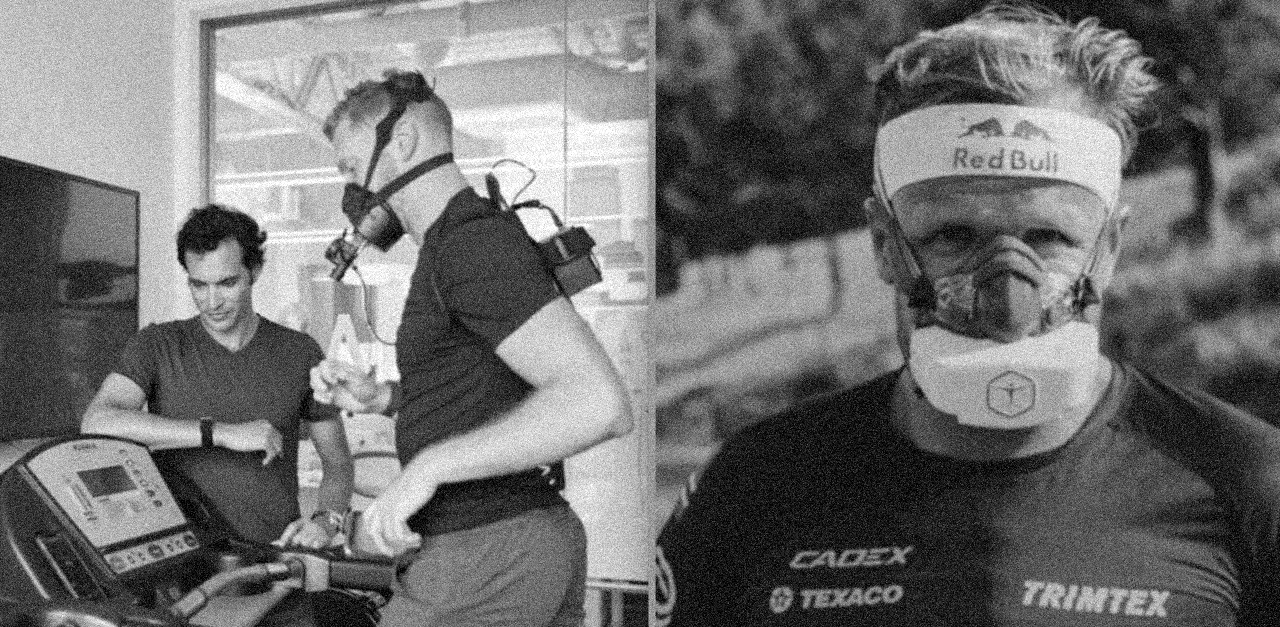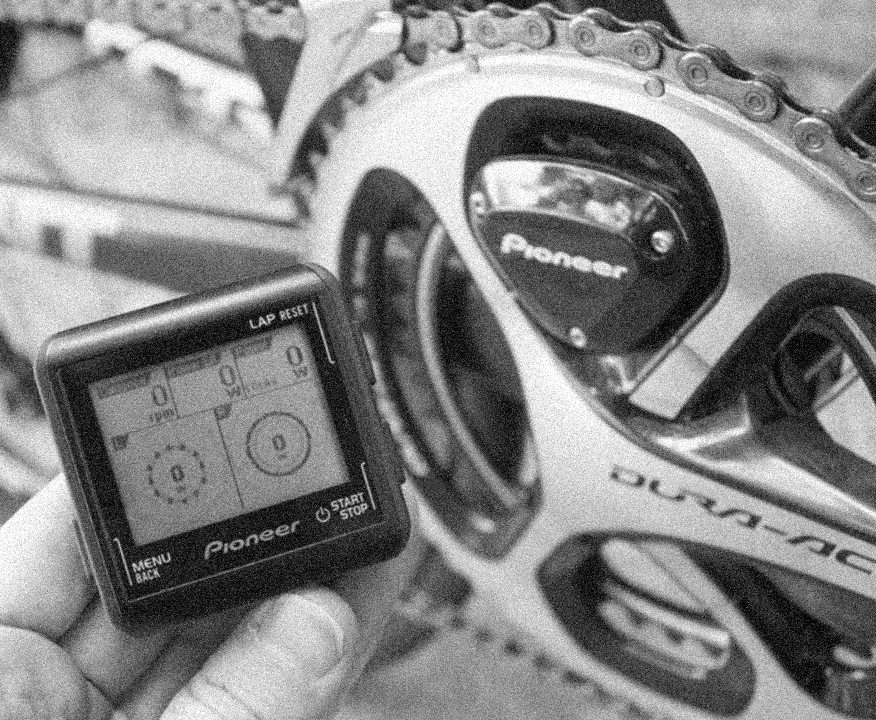Metabolic Activity Data & Units
Backlinks: Functional Threshold Work Rate | Training | VO2 Max | WELL Rider Rewards Design
Metabolism and Mortality
Studies of activity level and mortality rely on MET-h to normalize physical activity, and thus build upon this foundation of measuring metabolism. The variation in excess metabolism (beyond BMR) is considered activity, and in general correlates strongly with improved mortality outcomes. As can be seen below, the dependent variable is MET-h/wk.

Metabolic Quantities For activity, the core measurement is metabolic rate (MET-h, cal, MVPA min, “active” minutes, etc). First, some definitions.
VO2
VO2, or oxygen uptake, is a measure of the volume of oxygen that is consumed by the body during physical activity. It is typically measured in milliliters of oxygen per kilogram of body weight per minute (mL/kg/min). To measure VO2 in humans, a person wears a mask that is connected to a machine that measures the volume and composition of the air that is inhaled and exhaled. The machine then calculates the amount of oxygen that is being consumed based on the difference between the amount of oxygen that is inhaled and the amount that is exhaled.
VO2 can be used to calculate metabolic rate by using the oxygen uptake value and applying it to a formula that takes into account the energy cost of physical activity and the individual's body weight. This allows researchers and fitness professionals to estimate the amount of energy that a person is burning during a specific activity, which can be useful for designing exercise programs and tracking progress.
METs and MET-h
A MET, or metabolic equivalent of task, is a unit of measure for the energy cost of physical activities. One MET is equivalent to the energy cost of sitting quietly, which is defined as a VO2 of 3.5 mL/kg/min. The energy cost of other activities is then expressed in multiples of the resting metabolic rate, with activities that have a higher energy cost being assigned a higher MET value. For example, walking at a moderate pace has a MET value of 3.0, while running has a MET value of 8.0. This allows researchers and fitness professionals to compare the energy cost of different activities and to estimate the amount of energy that a person burns while performing a specific activity.
MVPA
MVPA, or moderate-to-vigorous physical activity, is defined in terms of METs, or metabolic equivalents of task. METs are a unit of measure for the energy cost of physical activities, with one MET being equivalent to the energy cost of sitting quietly. MVPA is typically defined as physical activity that has a MET value of at least 3.0, which is equivalent to walking at a moderate pace. This means that activities with a MET value of 3.0 or higher are considered MVPA, while activities with a lower MET value are considered light intensity or sedentary.
Calories
Calories are “just” a unit of energy. One food calorie is equivalent to the amount of energy that is needed to raise the temperature of one kilogram of water by one degree Celsius. This is also known as the "thermochemical calorie" or the "large calorie".
Food calories are measured using a variety of methods, including bomb calorimetry, which involves burning a sample of the food in a sealed container and measuring the heat that is produced. Another method is direct calorimetry, which involves measuring the heat that is produced by an individual's body as they metabolize the food. The metabolic rate can be measured indirectly from calorimetry by gas exchange using the Weir formula:
Metabolic rate (kcal per minute) = 3.9 VO2 + 1.1 VCO2
As a measure of energy, calories can be representation as metabolism in time. If your rate is 1.3kcal per minute, then the calories you burn over a minute would 1.3. See more on Resting metabolic rate.
Measuring Metabolism
The most direct way to measure all of the energy metabolized is to directly measure outputs: heat and work. Measuring the total heat output of a person presents challenges, but has been the basis for understanding metabolism for a long time [1]. Work can be measured directly as well, for example the work down lifting a weight (in addition to the excess heat produced). This is called, plainly, direct calorimetry which utilizes a calorimeter. This brings us to indirect calorimetry, or breath calorimetry.
 Direct calorimetry: no thanks.
Direct calorimetry: no thanks.
Breath/indirect calorimetry
We can measure calories indirectly by measuring the chemical inputs and outputs of human metabolism: O2 and CO2. We discussed this technique earlier when discussing calories. While more practical than direct calorimetry, and arguably the most accurate way to measure human metabolism, there are still two main limitations: (1) portability and (2) cost. A metabolic cart, as would be used in a lab, can cost many 10’s of thousands, and is not portable. Newer devices, such as the VO2 master, are portable, but still prohibitively expensive for mass adoption ($6K+).
 Left: PNOE semi-portable VO2 device. Right: VO2 Master device.
Left: PNOE semi-portable VO2 device. Right: VO2 Master device.
Doubly labeled water
It also possible to estimate the total EE using a technique called doubly labeled water. I won’t go into details here, but in summary a person can drink a non-toxic labeled water, and at some point in the future measure the total EE over that period of time. This is easy to use in the field, and in “free-living” conditions. The main challenge here is cost: the water is quite expensive. While the protocol is useful for validation of EE over a period of days to weeks in a free-living condition, it also doesn’t make much sense for longer-term, passive measurement or shorter-term direct measurement.
Steps (accelerometry)
Using a body-worn (wrist, waist, or otherwise) accelerometer can be used to estimate the intensity of movement of an individual, the number of steps they take, and thus very indirectly the metabolic cost of their daily movement. The main difficulty is the infrequent knownledge of the intensity of movement: not all steps are created equal, in a metabolic sense. For an example of how to calculate the metabolic cost (Calories) from steps, see an example https://keisan.casio.com/exec/system/1350891527 that relies on assuming a MET value (walking speed), age, height, weight, gender, and duration.
Heart rate
Measuring the rate of heart beats is another, indirect yet more reasonable, way to measure how much work a body is doing. While the prediction of MET from HR data is still potentially activity-dependent, this is much better than using steps alone.
Movement and Heart Rate
We can combine accelerometer and heart rate data to even better estimate the metabolic cost of an activity, by knowing more about both the activity itself and how hard, relatively, an individual is working.
Work
Finally, the work output can be directly or indirectly measured. The power output certain activity, e.g., cycling, is straightforward to measure. Some activities, like running, are harder to measure output directly but it is still done (Stryd, Garmin, now Apple).
 Cycling power meters can measure output in W and total work in kJ.
Cycling power meters can measure output in W and total work in kJ.
Output can be converted to total energy burned.
Metabolism without indirect calorimetry
Backlinks: VO2 Max | WELL Rider Rewards Design
For background see Metabolic Activity Data & Units. For more on wearable accuracy directly, see wearable data accuracy. Here we are interested in wearable’s ability to measure calories expended. Of course, this would be highly imprecise with data such a daily steps (did you climb a mountain or walk around the block?), but the incorporation of
- Heart rate: relative intensity (coupled with known fitness, could be good)
- Accelerometry to detect movement intensity & type
- Estimate activity type
- Infer running speed (a measure of output)
- GPS-measured walking/running/biking speed
- A more direct measure of output
- Can be used to estimate ergometer (power) output
- Inferred speed is just a noisier version (for running, couldn’t infer biking speed)
- Ergometer connection via bluetooth
| Data available | Expected quality | Example | ||
|---|---|---|---|---|
| Daily steps | --- | 8k steps | ||
| Heart rate | + | HR 140 for 30min | ||
| Heart rate | Fitness | ++ | HR 140 for 30min, VO2max 30 | |
| Heart rate | Activity type | + | HR 140 for 30min, run | |
| Heart rate | Activity type | Fitness | HR 140 for 30min, VO2max 30, run | |
| Activity type | -- | 30min run | ||
| Activity type | Fitness | + | 30min run, VO2max 30 | |
| Need measure of relative output % | ||||
| GPS | - | Running or biking? | ||
| Need activity type: easy to miscategorize badly (slow bike or fast run) | ||||
| GPS | Activity Type | 30min run, 9:00/mi. | ||
| Indirect measure of output | ||||
| Heart rate | GPS | Activity Type | Could even infer fitness level | |
| Ergometer | Don’t need any other data |